I always had a love-hate relationship with writing lesson plans. Sitting down to plan is a time to get your creative juices flowing, to be intentional about the needs of each child in your classroom, to ensure all standards are met, and to make a memorable and fun week for your kiddos. However, there never seems to be enough time in the day to write out your plans. But putting together lesson plans doesn’t have to be stressful or too time consuming! We could all use a little less stress in our lives, right? In fact, you could use just one storybook – that’s right – ONE to create a whole week’s lesson plan. When you get down to it, it’s not hard, all you need is the right storybook and the right framework.

There are a ton of different charts or lesson planning templates you can use, but for me, the Bubble Map was always the quickest to complete and easiest to follow throughout the week. Creating an intentional lesson plan doesn’t have to take a lot of time. In four steps, you can create a lesson plan that will have a BIG impact with your students.
Quick tip: Post your weekly bubble map near your parent sign-in or somewhere visible in your classroom so your children’s families can see what’s going on during the week! This creates an inclusive ecosystem for the child, and equips parents for meaningful conversations and experiences at home with their children.
WATCH TO LEARN MORE:
Bubble Maps: A Graphic Way to Organize Your Planning
4 Steps to Creating a Lesson Plan for Your Preschool or Pre-K Classroom
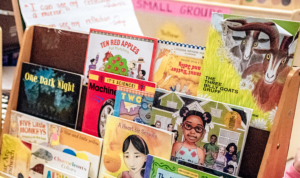
Step 1:
Choose a sophisticated storybook and make it your anchor book for the week. You’ll read this book multiple times during the week to maximize learning! The classroom activities you choose for the week will tie back into this storybook.
Quick Tip: Choose your anchor book with units of study, themes, seasons, and holidays in mind! Need some theme inspiration? We’ve got a list of sophisticated storybooks organized by theme so you can choose the perfect book year-round.
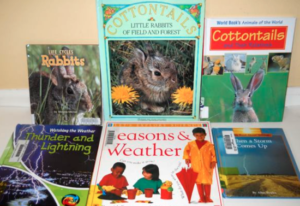
Step 2:
Choose one or two informational texts, or non-fiction books, that relate to a theme in your sophisticated storybook. Choose informational texts to read to your students that answer some of the questions you or your children had from the anchor storybook. If you cannot find an informational text that connects to your storybook, check out the non-fiction area at your local public library or you can create your own DIY informational text.

Quick Tip: I found it best to read the anchor storybook on Monday, Wednesday, and Friday in large group or small group literacy time. I would then read the informational text(s) on Tuesday and Thursday. We call this the “perfect pair!” Just check out this perfect pair for “A Letter to Amy”. We can use this book to learn about mail and how people receive letters!
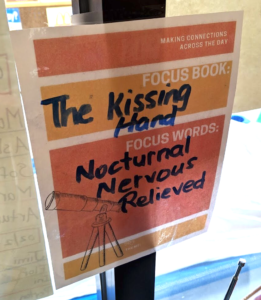
Step 3:
Choose focus vocabulary from the storybook and informational text(s). These are words you’ll introduce to your students early in the week and support the learning of this vocabulary with fun activities, meaningful conversations, and read alouds. The complexity of the vocabulary depends on the age of the classroom you teach, so make sure you choose age-appropriate vocabulary.
Quick Tip: Your focus vocabulary does not necessarily have to be in the actual text of the book. You could choose certain complex words you would like for your children to learn that relate to the story’s problem, main idea, and themes.
WATCH TO LEARN MORE:
Selecting Target Vocabulary
Step 4:
Tie the anchor book’s vocabulary, plot, and characters’ emotions into connections and “extension activities” throughout the day. Center time, morning meeting, small groups, transitions – these are all perfect opportunities to tie in activities relating to your anchor book. Let’s look at some different activities you could use and which storybook they go along with:
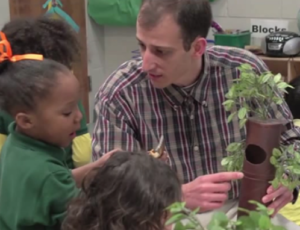
Art Center: Owl’s Habitat
Anchor book: “Owl Babies”
Create a habitat for Owls with recycled toilet paper rolls, fake or real leaves, and brown paint. Incorporate the vocabulary: Habitat, predator, and nocturnal.

Science Center: Lifecycle of a Butterfly
Anchor book: “Farfallina and Marcel” or “The Very Hungry Caterpillar”
Create the life cycle on paper plates, with orzo pasta for eggs, spiral pasta for larvae stage, shell pasta for pupa stage, and bowtie pasta for butterfly.

Writing Center: Invitations
Anchor book: “A Letter to Amy”
Have your students write birthday invitations or thank you cards to their friends, family, or classmates just like Peter. Remember to incorporate focus vocabulary from the book such as: special, invite, and accident!
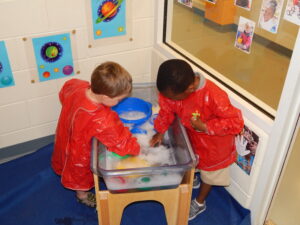
Small Group: Scrub Brush
Anchor book: “Harry the Dirty Dog”
Give some dirty toys a bath – just like in “Harry the Dirty Dog!” You could also incorporate letter recognition by having children clean off muddy letters instead of toys.
Your Lesson Plan in Action
Now that we’ve gone over the four steps to create a lesson plan based on a storybook and given example activities, let’s check out what this looks like in real life. Ready to give it a try? Let’s create your own bubble map using “Corduroy” as our anchor book:
You can also check out these completed lesson plans for two very popular books for preschool and Pre-K classrooms, “Owl Babies” and “Corduroy.” Each of these lesson plans use the bubble map style to plan out activities for the entire week!
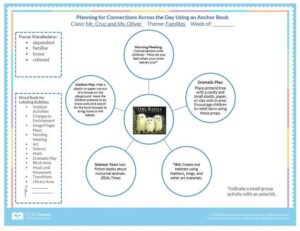
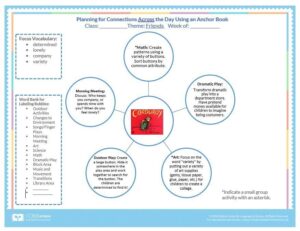
More than Just a Lesson Plan – It’s a Learning Plan!
While we all appreciate having a little less stress in our lives and planning out activities for our students, lesson planning isn’t just about passing the time during the school day. Being intentional about these activities is a vital part to helping your students grow and learn. When you make connections across the day, you’re building reading comprehension, promoting rich vocabulary development, increasing critical thinking skills, and building world knowledge – all while creating meaningful and memorable experiences for your children.
Lesson Planning Resources for Early Childhood Educators
 Power of Language Take Course
Power of Language Take Course- Bubble Map Template
- Building Vocabulary Teaching Aid
- 101 Tier 1 Words in English and Spanish
- 101 Tier 2 Words in English and Spanish
- Story Guides for Infant & Toddler Classrooms
- Story Guides for Preschool & Pre-K Classrooms
- Independent Writing Activities
- Extension Activities for Popular Preschool & Pre-K Books
- List of Sophisticated Storybooks by Theme
The Cox Campus is committed to ensuring literacy and justice for all. Through impactful strategies and learning experiences, families, educators, and anyone who works with children can make a difference by bringing the science of reading within reach for each child.


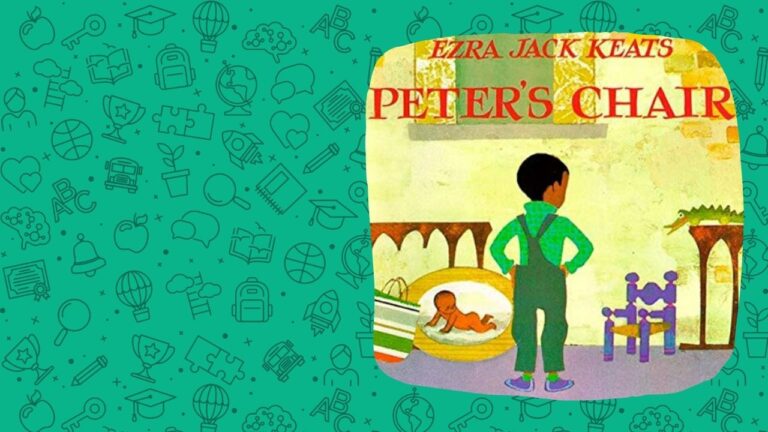

I am interested in some of the articles but they are not available any longer. How can I access the story guides?
Thanks
Hi Ana, The guides can be found in the resource library, here’s a link https://coxcampus.org/app/#!/resourcelibrary/?c=Education&f=&r=&t=start
I am searching for lesson plans for a home child care center for about 10 children. This is a new beginning for me so I am actively searching for children’s curriculums.
I have already taken this course. I truly am enjoying learning more about Story time.
I have already taken this course back in Feb.. I have truly enjoyed learning more about Story Read..